Unlock Your Potential: Advanced Triathlon Training Tips
Triathlons represent the ultimate test of endurance, combining swimming, cycling, and running in a single event. Whether you’re preparing for your first Ironman or aiming to shave seconds off your personal best, honing your skills in all three disciplines is crucial. Here’s a comprehensive guide to advanced triathlon training tips that can help you unlock your full potential.
Understanding the Triathlon
Before diving into training specifics, it’s essential to understand the structure of a triathlon. A typical triathlon consists of three segments:
- Swimming: This is usually the first leg and can vary in distance depending on the race.
- Cycling: The middle segment, where endurance really comes into play.
- Running: The final leg, requiring not just stamina but also effective transition from the cycling phase.
Each discipline requires unique training strategies, and mastering transitions is just as important as excelling in the individual segments.
Setting Your Goals
[mfn reference number 1]
Before you embark on a training regimen, clearly define your goals. These could range from completing your first triathlon to podium finishes in competitive events. Having measurable goals will guide your training regimen.
- SMART Goals: Specific, Measurable, Achievable, Relevant, and Time-bound.
- Short-term and Long-term Goals: Break down your main goal into smaller, achievable milestones.
Creating a Training Program
An effective training program is crucial for achieving your goals. Here’s how to design one that fits your lifestyle.
Periodization
Periodization involves dividing your training year into distinct phases that focus on different fitness aspects. A typical annual training plan may include:
- Base Phase: Establishes aerobic capacity.
- Build Phase: Increases intensity and introduces race-specific workouts.
- Peak Phase: Focuses on race pace and fine-tuning.
- Taper Phase: Reduces volume to allow full recovery before racing.
Training Structure
Your weekly workout schedule should integrate all three disciplines while focusing on strength, endurance, and flexibility.
-
Swimming: Aim for 2-4 sessions per week.
- Technique Focus: Integrate drills to improve efficiency.
- Endurance Sets: Long swims at a steady pace.
-
Cycling: Target 3-5 sessions per week.
- Interval Training: High-Intensity Interval Training (HIIT) to increase power.
- Long Rides: Build endurance and get comfortable with the terrain.
-
Running: 3-5 sessions per week.
- Tempo Runs: Improve lactate threshold.
- Long Runs: Develop muscular endurance.
-
Strength Training: 1-2 sessions per week.
- Focus on core strength and functional movements relevant to the three disciplines.
Nutrition and Recovery
Nutrition is a critical component of performance. Your diet should be rich in macronutrients and micronutrients tailored to your training needs.
Macronutrients
- Carbohydrates: Primary fuel source for endurance activities.
- Proteins: For muscle repair and recovery.
- Fats: Necessary for long-duration activities.
Hydration
Proper hydration is essential before, during, and after training. Monitor your hydration levels and consider electrolytes during long sessions.
Recovery Strategies
Incorporate rest days into your training schedule. Advanced training places significant stress on your body, and adequate recovery is essential for performance improvements.
- Active Recovery: Light activities like yoga or gentle swims.
- Sleep: Aim for 7-9 hours of quality sleep each night.
- Foam Rolling and Stretching: Alleviates muscle tension and enhances flexibility.
Mastering Transitions
Transitioning between disciplines can significantly impact race performance. Here are some tips for efficient transitions:
- Practice: Set up a mock transition area and practice regularly.
- Minimize Gear: Reduce what you carry to streamline the process.
- Get Familiar with the Layout: Know where your transition area is during races to save time.
Mental Preparation
Training your mind is just as important as training your body. Here are advanced strategies for mental conditioning:
- Visualization: Imagine yourself executing each phase perfectly.
- Mindfulness and Meditation: Improve focus and reduce anxiety.
- Goal Setting: Continuously revise and set new goals to maintain motivation.
Race Day Strategies
As race day approaches, specific strategies can help you perform at your best.
Pre-Race Routine
Establish a consistent pre-race routine that includes:
- Nutrition: Carb-load in the days leading up to the event.
- Warm-Up: Dynamic stretches and light activities specific to each discipline.
Pacing Strategies
Distributing your energy evenly throughout the race helps prevent burnout.
- Swim Pacing: Start steady, avoid the race rush.
- Bike Pacing: Maintain an effort level that allows for a strong run.
- Run Pacing: Begin conservatively to gauge energy levels.
Race Execution
- Nutrition During the Race: Plan for fuel and hydration at regular intervals.
- Stay Positive: Keep a positive mindset and remember your training.
Beyond Training: Equipment Considerations
Choosing the right equipment can lead to improvements in your performance.
Swim Gear
- Wetsuit: Provides buoyancy and warmth; ensure a proper fit.
- Goggles: Choose ones that fit snugly and minimize fogging.
Bike Setup
- Bike Fit: A professional fitting can make a significant difference.
- Aerodynamics: Invest in handlebar extensions and a triathlon-specific bike if possible.
Running Shoes
- Gait Analysis: Find shoes that complement your running style.
- Break Them In: Avoid new shoes on race day.
Technology and Data Analysis
In the digital age, utilizing technology can enhance your training.
Wearable Technology
- GPS Watches: Track distance, pace, and heart rate.
- Cycling Computers: Provides real-time data for speed and cadence.
Data Management
- Track Progress: Use apps or spreadsheets to monitor your training.
- Analyze Performance: Evaluate strengths and weaknesses to adjust your training plan.
Joining a Community
Participating in a triathlon community can provide support, motivation, and valuable insights.
- Local Clubs: Join a triathlon club for training partners and social events.
- Online Forums: Engage in discussions, share experiences, and learn from seasoned athletes.
Continuous Learning
Triathlon is a continuously evolving sport, and keeping up-to-date with the latest research, trends, and training methodologies will help you stay competitive.
- Read Books: Explore literature by experienced triathletes and coaches.
- Attend Workshops: Participate in clinics to refine your skills.
Conclusion
Advanced training for triathlons requires a multifaceted approach that combines physical, nutritional, and mental preparation. By incorporating tailored strategies in each discipline, mastering transitions, and leveraging technology, you can unlock your full potential. Continuous learning and community involvement will further enhance your journey in the demanding yet rewarding world of triathlon.
By committing to these advanced training tips and techniques, you’ll not only meet your goals; you may exceed them, transforming yourself into a formidable triathlete. Start today and make your mark in the triathlon world.
This article condenses a myriad of advanced training tips tailored for triathletes, offering an essential toolkit for both aspiring and seasoned athletes. Implementing these strategies will bolster your readiness for future races, ensuring a fulfilling and successful triathlon experience.















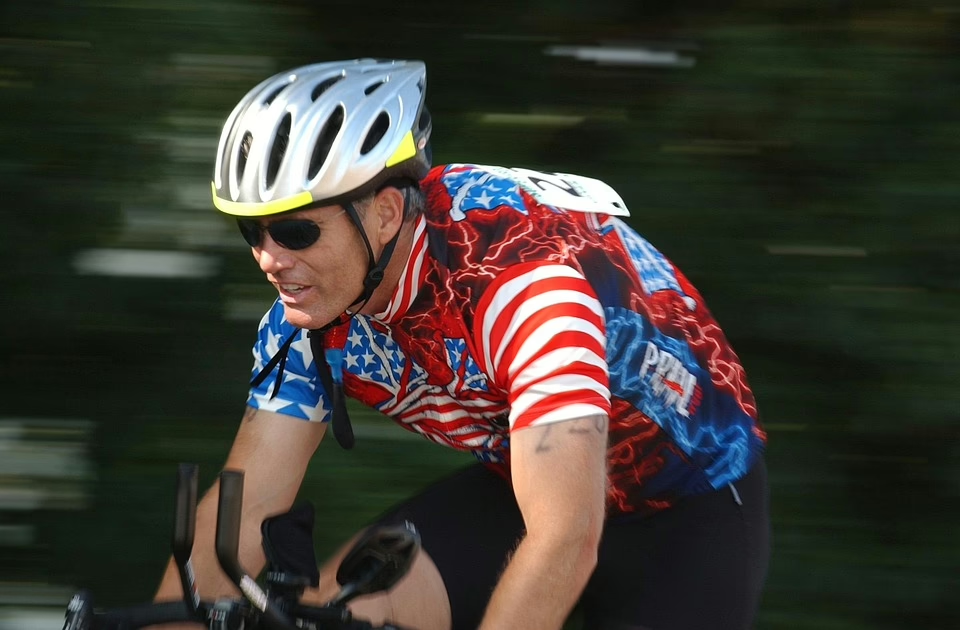

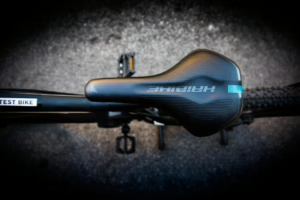
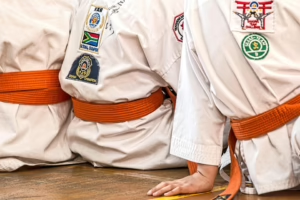
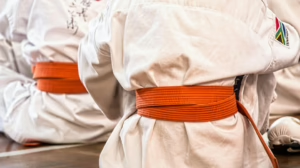

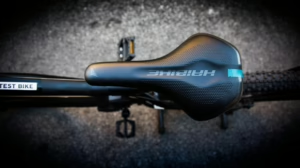




Add Comment